Home>Articles>Why Does My HVAC Blowing Cold Air When Heat Is On
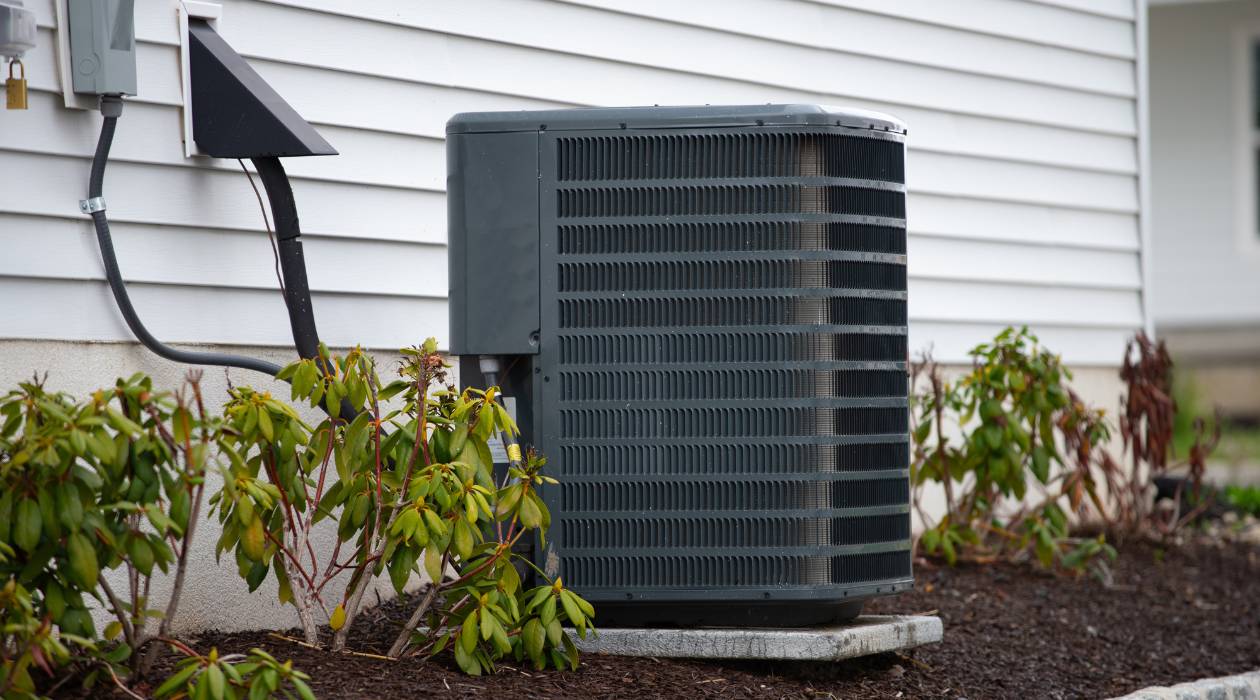

Articles
Why Does My HVAC Blowing Cold Air When Heat Is On
Modified: December 7, 2023
Discover why your HVAC is blowing cold air when the heat is on with these helpful articles. Find expert advice and solutions to keep your home comfortable year-round.
(Many of the links in this article redirect to a specific reviewed product. Your purchase of these products through affiliate links helps to generate commission for Storables.com, at no extra cost. Learn more)
Introduction
When the temperature drops and you turn on your HVAC system to keep your home warm, the last thing you want is for cold air to blow out of the vents. It can be frustrating and uncomfortable, but it’s a common issue that many homeowners face. Understanding the causes of your HVAC system blowing cold air when the heat is on can help you diagnose and resolve the issue effectively.
There are several potential reasons why your HVAC system is blowing cold air instead of warm air. It’s important to note that some causes can be easily fixed by homeowners, while others may require professional assistance. Let’s explore some of the common culprits behind the issue.
Key Takeaways:
- Don’t let a malfunctioning thermostat or clogged air filters leave you in the cold. Regular maintenance and professional assistance can keep your HVAC system blowing warm air when you need it most.
- From low refrigerant levels to damaged heat exchangers, understanding the potential causes of cold air from your HVAC system can help you take proactive steps to maintain comfort and safety in your home.
Causes of HVAC Blowing Cold Air When Heat Is On
When your HVAC system is supposed to be heating your home but is instead blowing cold air, it can be a puzzling and frustrating problem. There are several potential causes for this issue, ranging from minor to more serious. Understanding these causes can help you identify and potentially resolve the problem. Here are some of the common reasons why your HVAC system may be blowing cold air when the heat is on:
Malfunctioning Thermostat
The thermostat is responsible for controlling the heating and cooling cycles of your HVAC system. If it is not functioning properly, it may be erroneously signaling your system to blow cold air even when you’ve set it to heat. This can be due to a calibration issue, a faulty sensor, or a loose connection. Checking the thermostat settings and ensuring that it is properly calibrated or replacing it if necessary can resolve the problem.
Clogged Air Filters
Clogged air filters can impede the airflow in your HVAC system, causing it to work less efficiently. When the airflow is restricted, heat exchange may not occur properly, resulting in the system blowing out cold air. Regularly cleaning or replacing the air filters can help prevent this issue and ensure proper heating.
Low Refrigerant Levels
Refrigerant is the substance that carries heat away from your home during the cooling process. If your HVAC system is low on refrigerant, it may struggle to heat your home properly. Low refrigerant levels can be caused by leaks in the system, which should be addressed by a professional HVAC technician. They can locate the leaks, repair them, and recharge the refrigerant to restore proper heating.
Read more: Why Is My Window AC Not Blowing Cold Air
Issues with the Pilot Light or Ignition System
If you have a gas-powered HVAC system, a malfunctioning pilot light or ignition system can result in cold air instead of heat. The pilot light should stay lit constantly to ignite the burners and maintain the heating process. If the pilot light goes out or the ignition system fails, the heat won’t be produced, and cold air will blow out of the vents. Rekindling the pilot light or troubleshooting the ignition system may resolve the issue, but if you’re unsure or uncomfortable handling gas-related components, it’s best to seek professional help.
Damaged or Faulty Heat Exchanger
The heat exchanger is a crucial component responsible for transferring heat from the combustion process to the air circulated throughout your home. If the heat exchanger is damaged or faulty, it may not effectively transfer heat, resulting in cold air being blown out. A damaged heat exchanger should be inspected and replaced by a professional, as it can pose a safety hazard.
These are just a few of the potential causes of your HVAC system blowing cold air when the heat is on. As a homeowner, you can check and address some of these issues yourself, such as checking and replacing air filters. However, for more complex problems like a malfunctioning thermostat or a damaged heat exchanger, it’s advisable to consult an HVAC professional who can accurately diagnose and resolve the issue.
Malfunctioning Thermostat
A malfunctioning thermostat is one of the common culprits when your HVAC system blows cold air instead of heat. The thermostat is the control center of your heating and cooling system, responsible for communicating with the HVAC unit to regulate the desired temperature. When the thermostat malfunctions, it can result in incorrect temperature readings or miscommunication with the HVAC unit, leading to cold air blowing from the vents even when you’ve set it to heat.
There are several potential issues that can cause a thermostat to malfunction:
Calibration Issue
A calibration issue occurs when the thermostat is not accurately sensing the temperature in your home. This can cause the HVAC system to turn on prematurely or remain off when it should be providing heat. A temperature disparity between the thermostat and the actual room temperature can result in cold air blowing from the vents. You can try recalibrating the thermostat by following the manufacturer’s instructions or consider replacing it if the problem persists.
Read more: Why Is My Hair Dryer Only Blowing Cold Air
Faulty Sensor
Thermostats have built-in sensors that measure the temperature in your home. If the sensor is faulty or damaged, it can send incorrect temperature readings to the HVAC unit. This can cause the unit to blow cold air instead of heat. A professional HVAC technician can inspect and replace the faulty sensor to restore proper functioning.
Loose Wiring or Connection
A loose wiring or connection within the thermostat can disrupt the communication between the thermostat and the HVAC unit. This can result in the system not receiving the command to provide heat, leading to cold air blowing from the vents. It’s important to check for any loose connections or frayed wires and ensure they are securely attached. If you’re unsure or uncomfortable handling electrical components, it’s best to seek professional assistance.
If you suspect a malfunctioning thermostat, there are a few steps you can take to troubleshoot the issue:
- Check the thermostat settings: Ensure that it is set to the desired temperature and mode (heat).
- Replace the batteries: In some cases, a malfunctioning thermostat can be attributed to dead or weak batteries. Replace them with fresh ones to see if it resolves the issue.
- Clean the thermostat: Dust and debris can accumulate on the thermostat’s surface or around the sensor, affecting its accuracy. Gently clean the thermostat with a soft cloth or brush to remove any dirt.
- Reset the thermostat: Some thermostats have a reset button or an option to reset to factory settings. Follow the manufacturer’s instructions to perform a reset and see if it resolves the issue.
If these troubleshooting steps do not resolve the problem, or if you’re unsure about how to proceed, it’s best to consult a professional HVAC technician. They can diagnose the issue accurately and determine if a repair or replacement is necessary. A malfunctioning thermostat may seem like a minor issue, but it can impact the overall performance and comfort of your HVAC system.
Clogged Air Filters
Clogged air filters can be a common cause of an HVAC system blowing cold air when the heat is on. Air filters play a vital role in maintaining the efficiency and functionality of your heating and cooling system. They help trap dust, dirt, allergens, and other particles in the air, preventing them from circulating throughout your home. However, over time, these filters can become clogged with debris, restricting the airflow and hindering proper heating.
Here are a few reasons why clogged air filters can result in your HVAC system blowing cold air:
Restricted Airflow
When the air filters become clogged, they create a barrier that inhibits the flow of warm air produced by the heating system. As a result, the restricted airflow prevents the warm air from properly circulating through the ducts and into your living space. Instead, the cold air returns to the vents and blows out, making your home feel chilly despite the heat being turned on.
Read more: Why Is My HVAC Not Heating
Inefficient Heat Exchange
Air filters are designed to capture dust and debris, but when they become too dirty or clogged, they can hinder the heat exchange process. The heat exchanger is responsible for transferring heat from the heating system to the air that is distributed throughout your home. When the airflow is limited due to clogged filters, the heat exchange process becomes inefficient, resulting in the system blowing out cold air instead of warm air.
Strain on the HVAC System
Clogged air filters force your HVAC system to work harder to push air through the blockage. This puts additional strain on the system, leading to increased energy consumption and potential wear and tear on the components. The strain can also cause the system to overheat and shut down, further exacerbating the issue of cold air blowing from the vents.
To prevent and address the issue of clogged air filters, it’s important to follow a regular maintenance schedule:
- Check the air filters monthly: Make it a habit to inspect your air filters at least once a month. Look for signs of dirt, dust, or debris accumulation.
- Clean or replace the filters: If the filters are dirty but not severely clogged, you can clean them using a vacuum cleaner or rinse them with water. Allow them to dry completely before reinstallation. If the filters are heavily clogged or damaged, it’s best to replace them with new ones.
- Follow manufacturer’s recommendations: The frequency of air filter cleaning or replacement may vary depending on the type of filter and the manufacturer’s instructions. Refer to the user manual or consult with an HVAC professional for specific guidance.
- Maintain a clean environment: Minimize the amount of dirt and debris in your home by regularly dusting, vacuuming, and keeping doors and windows closed. This can help reduce the strain on the air filters and extend their lifespan.
Regularly cleaning or replacing the air filters can improve the airflow, enhance the heat exchange process, and ensure that your HVAC system is functioning efficiently. It’s a relatively simple maintenance task that can have a significant impact on your system’s performance and energy efficiency.
Low Refrigerant Levels
Low refrigerant levels are a common reason for an HVAC system blowing cold air when the heat is on. Refrigerant is the substance responsible for absorbing heat from inside your home and releasing it outside during the cooling process. In a heat pump system, the refrigerant also plays a crucial role in extracting heat from the outdoor air to warm your home. When the refrigerant levels are low, it can impact the system’s ability to effectively heat your home.
Causes of Low Refrigerant Levels
Low refrigerant levels can occur due to various reasons:
- Refrigerant leak: The most common cause of low refrigerant levels is a leak in the system. Leaks can occur in the refrigerant lines, coils, valves, or connections. Over time, these leaks can lead to a significant decrease in the amount of refrigerant present in the system.
- Inadequate initial charge: If your HVAC system was not properly charged with refrigerant during installation or servicing, it may have had insufficient levels right from the start. This can result in reduced heating capacity and the system blowing out cold air.
- Poor installation: Improper installation of the HVAC system can also contribute to low refrigerant levels. If the refrigerant lines were not properly connected or if there are issues with the valve seals, it can lead to refrigerant leakage over time.
Read more: Why Does My Heat Lamp Bulb Keep Blowing
Effects of Low Refrigerant Levels
Low refrigerant levels can have several effects on the heating performance of your HVAC system:
- Inefficient heating: Refrigerant is crucial for the heat exchange process. When the refrigerant levels are low, the heat transfer capacity is reduced, causing the system to struggle in providing adequate heating to your home.
- Frequent cycling: A system with low refrigerant levels may experience rapid cycling, where the system turns on and off frequently. This can result in inconsistent heating and the majority of the airflow being cold air rather than warm air.
- Icing on components: Insufficient refrigerant levels can cause the evaporator coil to become too cold, leading to the formation of ice on the coil. The ice restricts proper airflow and can further hinder the heating process.
Resolving Low Refrigerant Levels
If you suspect low refrigerant levels in your HVAC system, it’s best to consult a professional HVAC technician to diagnose and address the issue. They have the tools and expertise to identify any leaks and recharge the system with the appropriate amount of refrigerant. It’s important to note that refrigerant leaks should be repaired before recharging the system to prevent future issues.
Typically, the steps involved in resolving low refrigerant levels are as follows:
- Inspection: The technician will inspect the system to locate any refrigerant leaks. This may involve checking the refrigerant lines, coils, valves, and connections.
- Repair: If leaks are detected, the technician will repair them to prevent further refrigerant loss. This may involve replacing damaged components, tightening loose connections, or applying sealants to repair small leaks.
- Recharging: Once the leaks are repaired, the technician will recharge the system with the appropriate level of refrigerant as per the manufacturer’s specifications.
- Testing: The system will be tested to ensure proper heating function and that the refrigerant levels are stable.
It’s essential to address low refrigerant levels promptly, as continuing to operate the system with insufficient refrigerant can cause further damage to the HVAC unit and potentially lead to costly repairs. Regular maintenance, including routine inspections and addressing any refrigerant leaks, can help prevent low refrigerant levels and ensure efficient heating performance.
Issues with the Pilot Light or Ignition System
If you have a gas-powered HVAC system, issues with the pilot light or ignition system can result in your HVAC system blowing cold air instead of heat. The pilot light or ignition system is responsible for igniting the burners and initiating the heating process. When these components malfunction, it can disrupt the heat production and cause cold air to blow out of the vents.
Pilot Light Problems
The pilot light is a small flame that should constantly burn and ignite the main burners when the heat is turned on. If the pilot light goes out or becomes weak, it can prevent the burners from igniting, resulting in cold air blowing instead of warm air. Some common issues with the pilot light include:
- Dirty or clogged pilot light: Dust, dirt, or debris can accumulate in and around the pilot light, obstructing the flame. Cleaning the pilot light carefully using a soft brush or compressed air can help restore its functionality.
- Faulty thermocouple: The thermocouple is a safety device that senses the pilot light’s presence. If it detects that the pilot light is not lit, it will automatically shut off the gas supply to prevent gas leaks. A malfunctioning thermocouple might falsely detect an unlit pilot light, resulting in the burners not igniting. Replacing the faulty thermocouple can resolve the issue.
- Gas supply issues: If there is an issue with the gas supply, such as a closed gas valve or a problem with the gas line, the pilot light will not be able to ignite. In such cases, it’s crucial to check the gas supply and ensure it is properly connected and open.
Ignition System Problems
Newer HVAC systems often use electronic ignition systems instead of a pilot light. These systems can also experience problems that prevent the burners from igniting and generating heat. Common ignition system issues include:
- Failed electronic ignition module: The electronic ignition module is responsible for producing the spark that ignites the burners. If the module fails, it will not generate the spark necessary to ignite the gas, resulting in cold air blowing from the vents. A professional technician can inspect and replace the faulty module.
- Wiring issues: Faulty wiring or loose connections in the ignition system can disrupt the communication between the control board, ignition module, and burners. This can prevent the ignition system from functioning properly and cause cold air to blow instead of warm air. A thorough inspection and repair of the wiring may be necessary.
If you suspect issues with the pilot light or ignition system, follow these steps to troubleshoot the problem:
- Check the pilot light: If your system has a pilot light, ensure it is lit. If not, follow the manufacturer’s instructions to relight it. Clean any debris or dirt that may be obstructing the flame.
- Inspect the thermocouple: Examine the thermocouple for any signs of damage or misalignment. If it appears faulty or bent, it may need to be replaced.
- Verify the gas supply: Check the gas valve to ensure it is open and providing a sufficient gas supply to the system.
- Reset the ignition system: If your system has an electronic ignition, try resetting it following the manufacturer’s instructions. This may involve powering off the system, waiting for a few seconds, and then turning it back on.
If these troubleshooting steps do not resolve the issue, it’s recommended to contact a professional HVAC technician. They have the expertise and specialized tools to identify and fix problems with the pilot light or ignition system to restore proper heating functionality.
Damaged or Faulty Heat Exchanger
A damaged or faulty heat exchanger is a serious issue that can cause an HVAC system to blow cold air when the heat is on. The heat exchanger is a crucial component responsible for transferring heat from the combustion process to the air that circulates throughout your home. If the heat exchanger is damaged or malfunctioning, it can hinder the heat transfer process, resulting in cold air blowing from the vents.
Causes of Heat Exchanger Issues
There are several potential causes for a damaged or faulty heat exchanger:
- Age and wear: Over time, the heat exchanger can deteriorate due to normal wear and tear. This can be accelerated by lack of maintenance, improper usage, or prolonged exposure to extreme temperatures.
- Poor installation: Inadequate or improper installation of the heat exchanger can contribute to premature failure. This may include issues with sealant, gasket, or welding, leading to leaks or cracks in the heat exchanger.
- Corrosion: Corrosion can occur as a result of chemical reactions with the combustion gases, especially if the combustion process is not properly balanced or if the heat exchanger is exposed to excess moisture or contaminants.
- Excessive pressure or stress: Continuous exposure to high levels of pressure or stress, such as from a malfunctioning blower motor or airflow restriction, can cause the heat exchanger to crack or develop leaks.
Effects of a Damaged or Faulty Heat Exchanger
A damaged or faulty heat exchanger can have several effects on the performance and safety of your HVAC system:
- Reduced heat transfer: When the heat exchanger is compromised, it cannot efficiently transfer heat from the combustion process to the air. This results in inadequate heat production and cold air blowing out of the vents.
- Potential carbon monoxide leaks: If there are cracks or leaks in the heat exchanger, it can allow the escape of combustion gases, including carbon monoxide, into your home. Carbon monoxide is a colorless and odorless gas that can be dangerous, so it’s crucial to address heat exchanger issues promptly to minimize the risk of carbon monoxide poisoning.
- Affected energy efficiency: A damaged heat exchanger forces the HVAC system to work harder to compensate for the inadequate heat transfer. This leads to increased energy consumption and higher utility bills.
Resolving Heat Exchanger Issues
If you suspect a damaged or faulty heat exchanger, it’s essential to address the issue immediately for both comfort and safety reasons. However, it’s important to note that repairing or replacing a heat exchanger is a complex task and should only be performed by a licensed HVAC professional due to the potential risks involved.
The steps involved in resolving heat exchanger issues may include:
- Inspection: A professional HVAC technician will thoroughly examine the heat exchanger to identify any damage, leaks, or cracks.
- Repair or replacement: The appropriate course of action will depend on the severity of the heat exchanger’s condition. In some cases, minor cracks may be repairable, while more extensive damage may necessitate replacing the entire heat exchanger.
- Testing and safety checks: Following repair or replacement, the HVAC system will be tested to ensure proper heat transfer and functionality. Additionally, a carbon monoxide test should be conducted to ensure there are no gas leaks.
Regular maintenance and inspections can help in detecting heat exchanger issues before they become severe. It’s recommended to have your HVAC system serviced annually by a professional to ensure the heat exchanger and other components are in proper working condition.
Remember, a damaged or faulty heat exchanger should never be ignored or taken lightly. It’s essential to prioritize the safety of your household and seek professional assistance to address the issue promptly.
Conclusion
Experiencing an HVAC system blowing cold air when the heat is on is a frustrating and uncomfortable problem that many homeowners encounter. Understanding the potential causes behind this issue can help you diagnose and resolve it effectively.
From a malfunctioning thermostat to clogged air filters, low refrigerant levels, issues with the pilot light or ignition system, and damaged or faulty heat exchangers, there are various reasons why your HVAC system may be blowing cold air instead of providing the desired warmth.
It’s important to note that while some of these issues can be addressed by homeowners themselves, others require professional assistance. Proper diagnosis and resolution of the problem are crucial to ensure the efficient and safe operation of your HVAC system.
To prevent HVAC issues and maintain optimal performance, it’s recommended to follow a regular maintenance schedule. This includes cleaning or replacing air filters, checking thermostat settings and calibration, inspecting pilot lights or ignition systems, and scheduling annual professional inspections and tune-ups.
When encountering a problem with your HVAC system, it’s essential to troubleshoot within your comfort zone. If you’re unsure or uncomfortable with any maintenance or repair tasks, it’s best to seek professional help. HVAC technicians have the knowledge, experience, and tools to accurately diagnose and resolve issues, ensuring the longevity and reliability of your system.
By staying proactive and addressing issues promptly, you can enjoy a comfortable and efficiently heated home throughout the colder months, saving energy and potentially avoiding costly repairs. Remember, a well-maintained HVAC system not only provides warmth but also contributes to improved indoor air quality and overall home comfort.
Frequently Asked Questions about Why Does My HVAC Blowing Cold Air When Heat Is On
Was this page helpful?
At Storables.com, we guarantee accurate and reliable information. Our content, validated by Expert Board Contributors, is crafted following stringent Editorial Policies. We're committed to providing you with well-researched, expert-backed insights for all your informational needs.
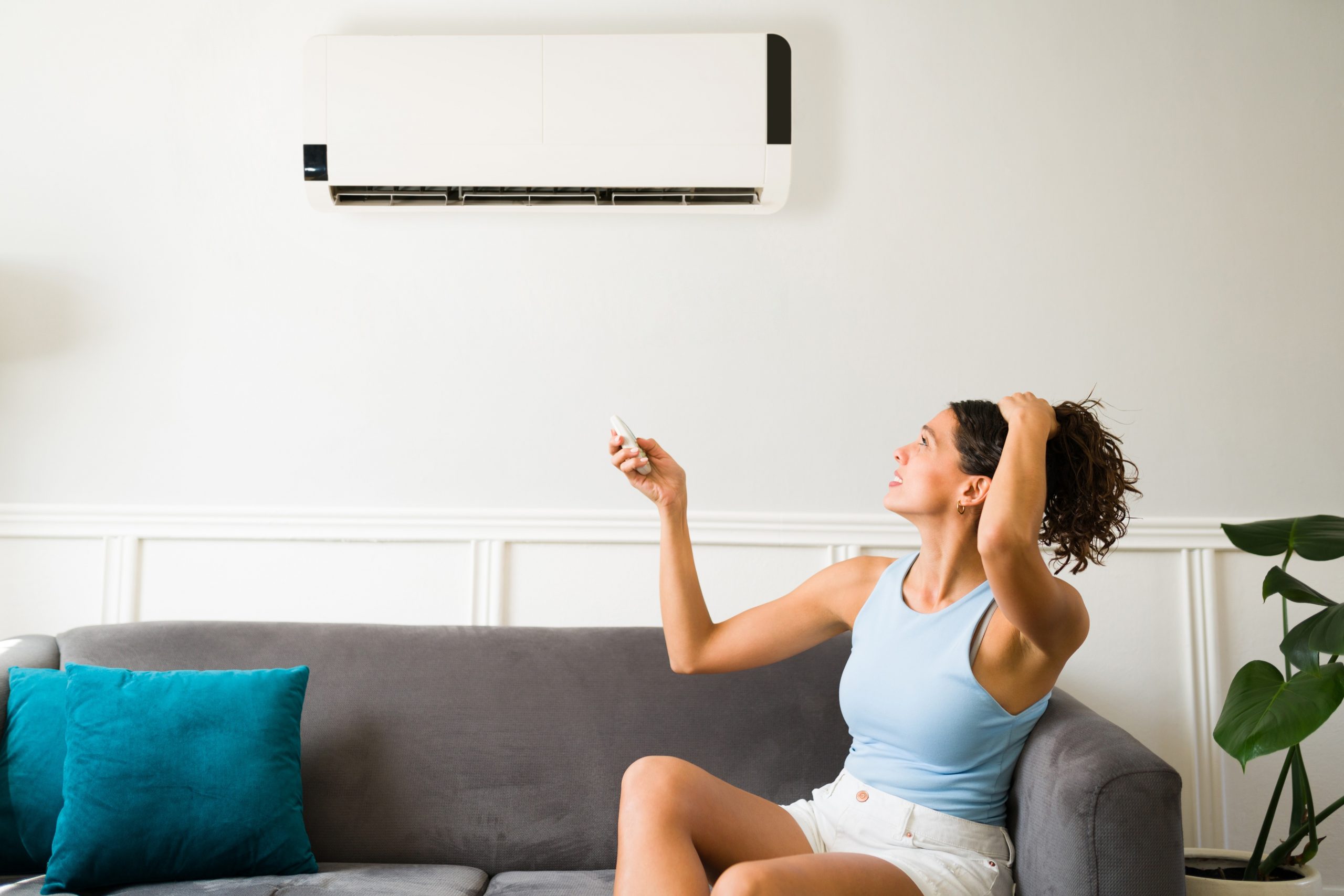
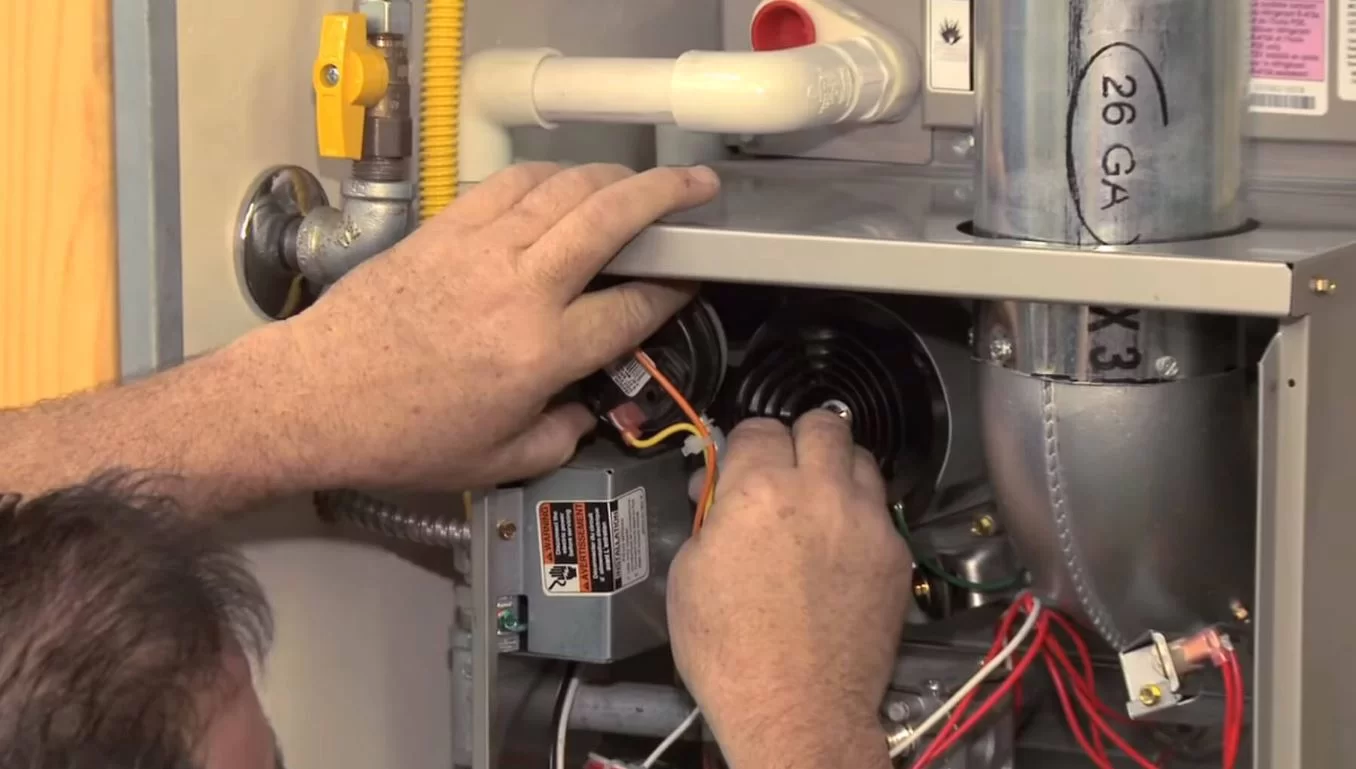
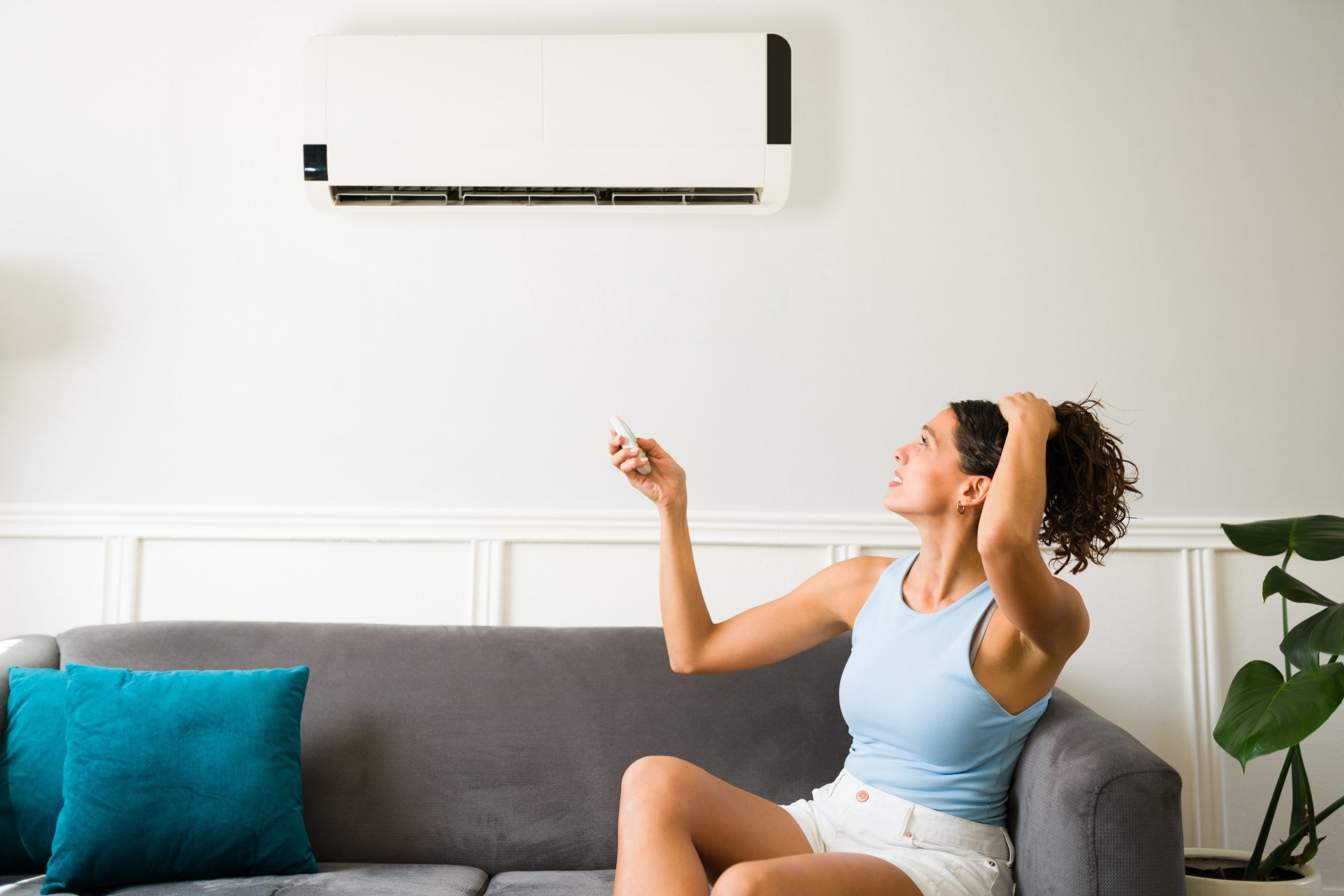
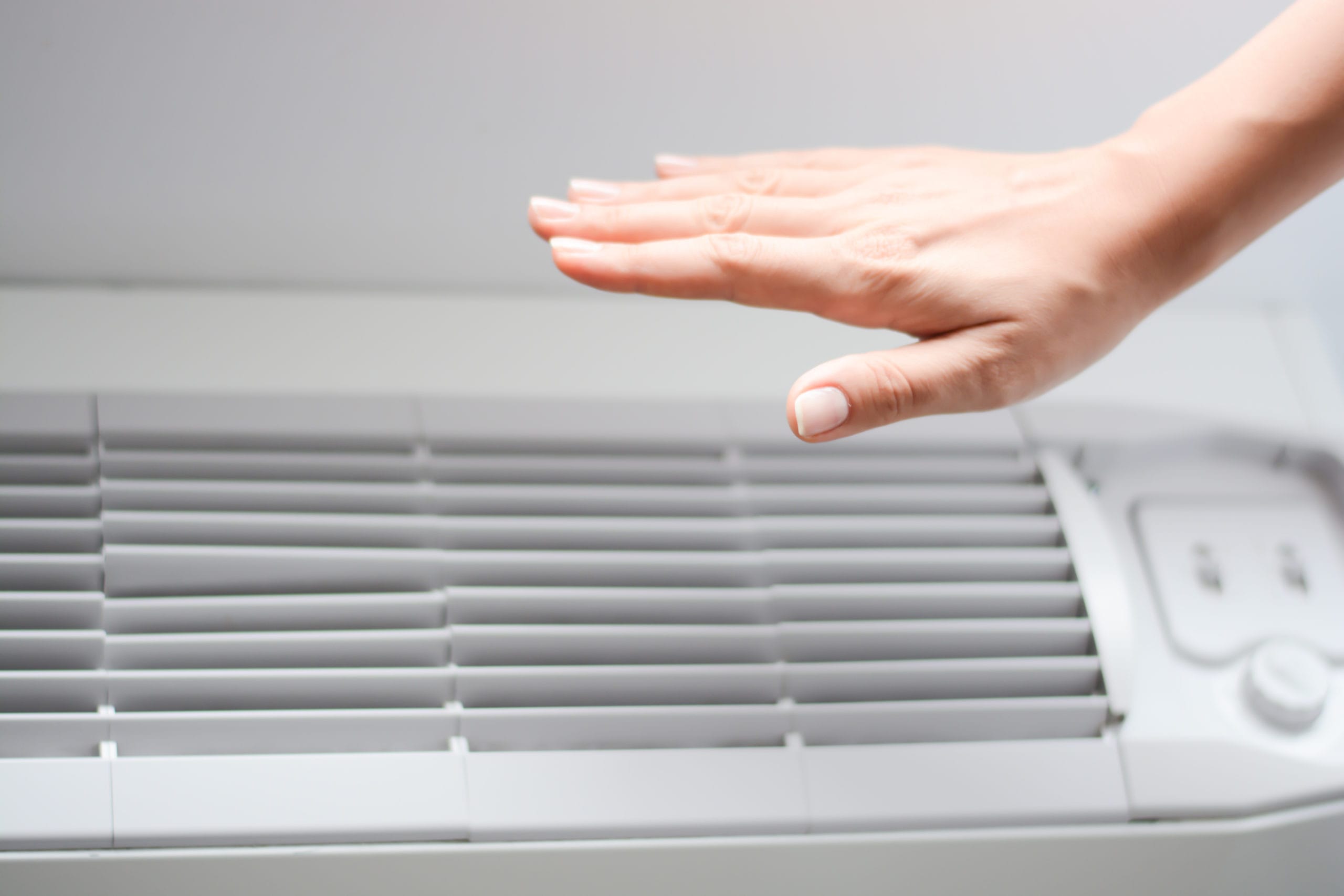
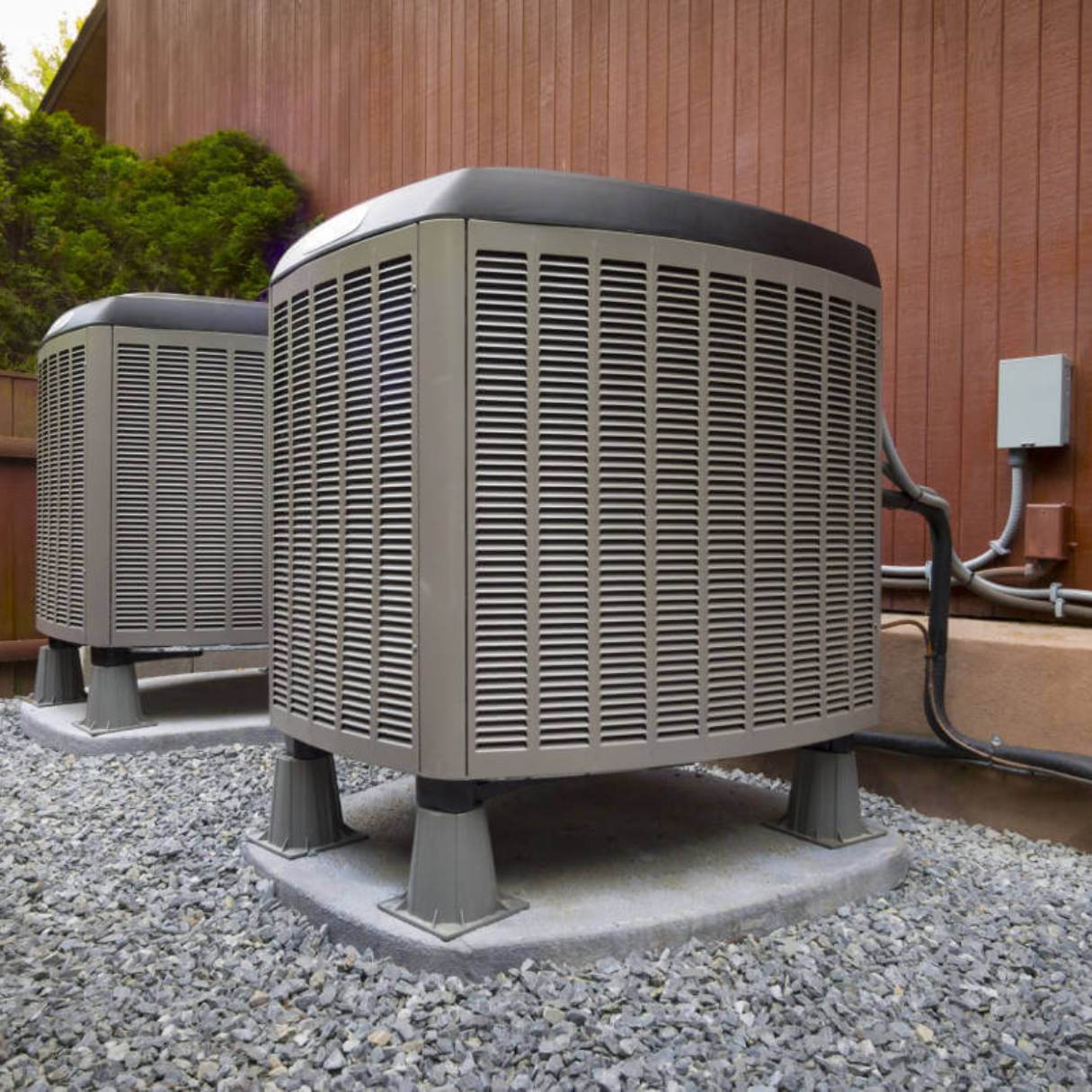
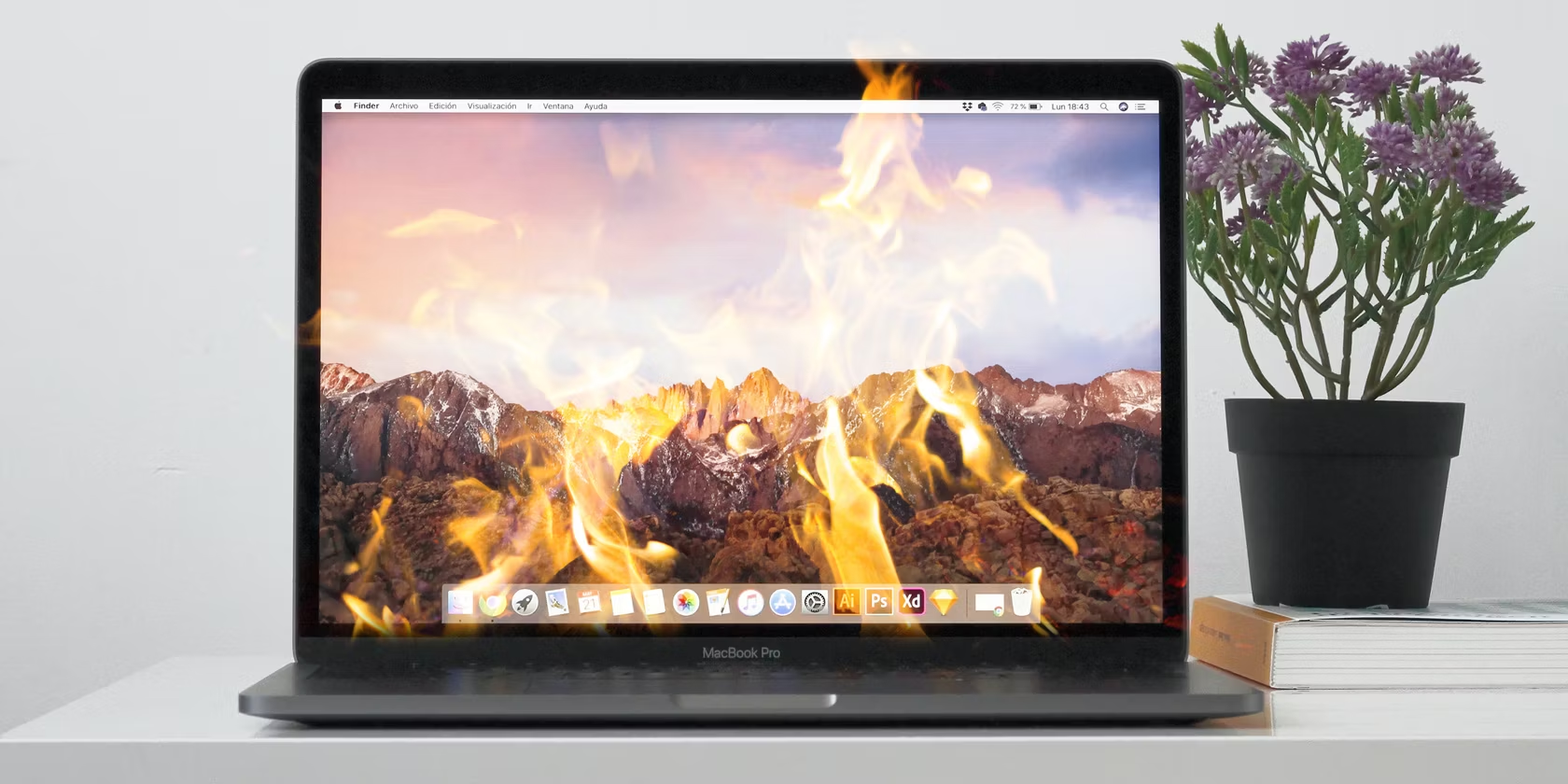




0 thoughts on “Why Does My HVAC Blowing Cold Air When Heat Is On”